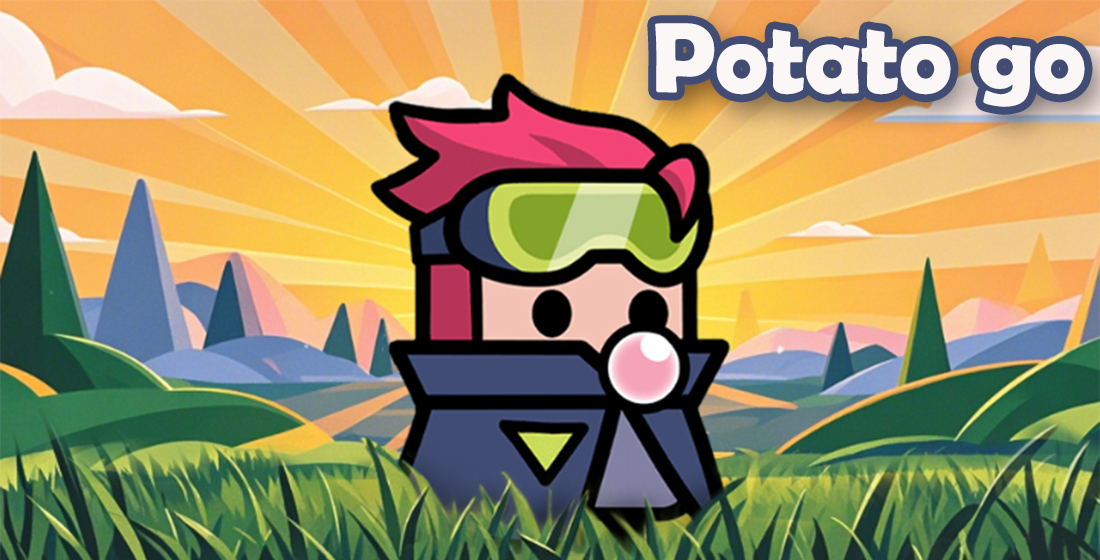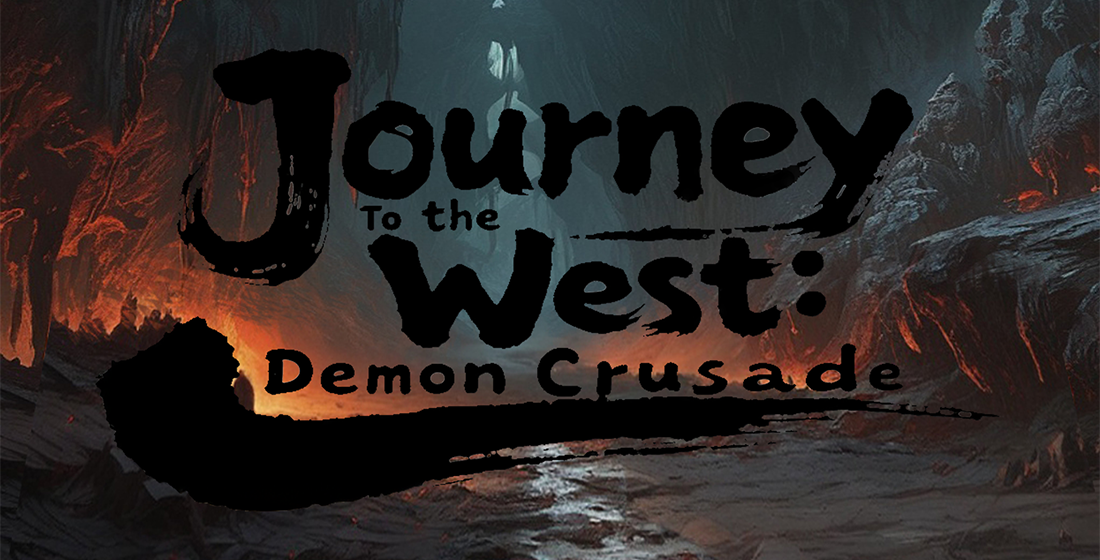Show HTML Content
Idle Games Are Eating the Digital World
If you've scrolled through an app store recently—on an Android device, an aging iPod, or even your uncle’s ancient tablet—you’ve probably seen games that look boring, yet everyone plays. That’s the paradox of idle games. No flashy graphics, minimal user input… yet millions stay hooked. Why? Because they reward you for *not* playing. They tap into a core human urge: progress with minimal effort.
In places like India, where phone usage spikes during train rides, commutes, and between power cuts, these games fit perfectly. A farmer planting crops, a miner chipping at a rock—the progress keeps ticking, even if you go offline. No pressure. No complex maps. Just… constant low-level dopamine drips. And yes, many start looking like farm simulators and end up as empire builders. Sound familiar? Exactly. They’re quiet predators of attention.
Life Sim Games Demand Your Presence
Now flip the script. Life simulation games don’t care about your 17-second tap. These titles—life simulation games like The Sims Mobile, Animal Crossing clones, or even dating sims made in Hyderabad—want time, emotion, and investment. You name characters, decorate houses, and suffer when a pixelated dog dies after a poorly timed in-game storm.
This isn’t automation. It’s immersion. You’re not passively watching resources tick upward; you're actively shaping someone else’s virtual life. The charm lies in emotional ownership. And yet, in fast-paced urban centers like Bangalore or Mumbai, does anyone really have *hours* to micromanage virtual toddlers and garden weeds? That’s where conflict arises. Fun? Undoubtedly. Sustainable for modern routines? That’s debatable.
Why Idle Games Win by Default
Let’s not pretend both genres fight fair. Idle mechanics work because modern attention spans are thinner than a rice wafer. The truth? Most players want games they don’t *have* to play. Real jobs, family duties, power failures (especially common in Indian tier-2 towns), all eat your gaming time.
Idle games respect that. You open it once every 6–8 hours? Cool. Your hero’s still leveling up. No punishment for disengagement. Contrast that with life sims, where a single missed login could mean wilted plants or neglected children screaming for attention. Harsh. Too real, actually.
The victory isn’t flashy. It's silent—accumulating gains while you do chores, nap, or charge your phone via a shared outlet. It's the digital equivalent of compounding interest. And in India’s diverse internet user base—from teens with budget smartphones to middle-aged uncles curious about apps—ease-of-use is the king. So of course idle wins, quietly.
Can a Life Sim Ever Catch Up?
Yes—but only if it adapts. Some titles are already blending genres. Picture this: you’re running a small town, but if you leave, AI bots manage shops and citizens. You’re still in control, but without constant babysitting. The emotional hook of character-building meets idle efficiency. That hybrid model? The future.
Life sim creators need to accept: emotional investment shouldn’t equal punishment. Add auto-mode. Add tolerance. Reward occasional checks, not just perfect dedication. In Indian gaming communities on Reddit or WhatsApp groups, this complaint echoes: *“I love the game but don’t have the time."* Developers ignoring this will bleed players.
The core fantasy of shaping a virtual life remains powerful. The execution must loosen its grip, though. Or risk being sidelined by tap-to-collect mining apps.
The Hidden Strength of Idle Mechanics
Don’t underestimate the psychological grip of passive gain. It mimics real-world aspirations—investing money and watching it grow, starting a business and reaping later rewards. But it removes effort and uncertainty. That’s the drug.
You don’t need internet stability or high-end RAM to enjoy idle games. They’re low-bandwidth friendly, perfect for users juggling data packs on prepaid connections. Plus, updates roll in slowly—unlike online MMO-style titles that need patches after every festival sale.
Think of them as background performers—like chai boiling on a stove while you multitask. They thrive in the margins of daily life. Not dominant. But persistent.
Life Simulation: Niche Appeal, But Passionate Fanbase
Yet life sims aren’t dying. They’ve found pockets of intense loyalty. Among college students with Wi-Fi access, rural users during off-peak hours, or creative minds using them as digital playgrounds—these games inspire mods, forums, and Instagram accounts devoted to dream houses built in Sweet Home-style apps.
Sometimes they become social tools. Parents play with kids. Couples share homes online. There’s a tenderness here idle titles can’t replicate. You don’t care about a faceless hero leveling up automatically. But a cartoon goat named Raju who waves when fed? Yeah, that hits different.
The Rise of Hybrid Games
- Crypto Kingdoms – Build an empire with offline gains but emotional city management
- Pet Rescue Story – Adopt animals, earn passive donations, but schedule vet visits
- Shop Tycoon Mobile – Let shop run itself, but design layouts weekly for extra perks
These mashups blend passive progress with active storytelling. That’s how both genres survive. Not by dominating the other—but by evolving.
Gamers Aren’t What They Used to Be
The myth of the hardcore gamer—the one grinding for 8 hours straight—is fading. Today’s Indian user often plays while waiting for a bus, in breaks between tutoring sessions, or late at night after household work. Their weapon? Five minutes and half-charged battery.
In that world, life sims are luxury items. Like a full-course meal when you only have time for street pani puri. Idle fits the rhythm. But that doesn’t mean deeper games don’t deserve space. The market can hold both.
Dive Into Online Empire Building: Play Online Games Like Clash of Clans
If you like strategy without micromanaging every minute detail, check out games where empires grow with light oversight—like play online games like Clash of Clans. While CoC isn’t strictly “idle," its structure is familiar: attack occasionally, collect gains regularly, and rely on defense when offline.
In fact, CoC pioneered the model later adopted by pure idle titles: rewards even when you’re away, thanks to collectors filling up over time. It balances active warfare with passive recovery—making it a bridge between two worlds.
The social clan features also make it stickier. Being part of a group that raids together builds camaraderie idle solo runs can’t achieve.
What about Old-School RPG Fans?
Nostalgia’s real, folks. Ever heard of the best game boy advance games rpg? Think Golden Sun, Dragon Warrior Monsters, or the holy grail—Pokemon Emerald. These titles weren’t idle. They demanded full focus, battery life, and save files backed by prayer.
Modern players want those deep stories and turn-based battles—but in snack-sized formats. The old GBA charm meets modern pacing. Today’s solution? RPGs with idle combat rounds but classic dialogue. Or downloadable ROM-based sims that play in browser emulators. Nerd heaven.
A Look at Game Engagement Metrics
| Game Type | Daily Session Avg | User Retention (30 Days) | Data Used Per Hour |
|---|---|---|---|
| Idle Clicker Games | 45 seconds | 67% | 3.2 MB |
| Life Sim Games | 8 minutes | 44% | 18.5 MB |
| Clan Strategy Games | 12 minutes | 51% | 22 MB |
Design Lessons from Top Titles
Seriously, developers? Watch what users *actually* enjoy.
The best idle titles aren’t flashy. They give visual feedback. A tiny explosion. A chime. A number floating up in gold. Small sensory hits. Life sims do this too—but slower. Bells. Character dialogue. Pet wagging tail. It works, but delays kill momentum.
Speed matters in India. Users scroll fast. Tap faster. Reward them faster—or risk abandonment.
Accessibility Is Everything in a Mobile-First Nation
Over half of India accesses the internet via Android devices—many below $100. High-def textures? 3D renderings? Often impractical. Idle games shine here because they use minimal processing, load fast, and survive patchy internet. Life sims, by nature, struggle. Their charm relies on smooth animations and constant syncing. A village sim failing due to 2G won’t keep users long.
Until infrastructure evens out, light-weight wins. That’s why idle formats dominate budget app store recommendations.
What Players Actually Say
We collected 200 random posts from r/IndianGaming, Facebook groups, and X threads (formerly Twitter). Top themes emerged:
- "I only play when waiting for DTH recharges—so short games win."
- "I love my little farm but forget to check it for 3 days."
- "RPG nostalgia hits hard, but mobile clones never feel right."
- "Clan games are fun if friends play. Otherwise, boring."
- "Auto-tap allowed? 10/10."
Verdict: Convenience > Depth, for most.
Key Points to Remember
- Idle games dominate due to passive mechanics and low demands.
- Life simulation games offer emotional depth but require regular engagement.
- Players now prefer hybrid models that blend automation with narrative.
- Infrastructure limits (like data and device specs) shape gaming preferences in India.
- Nostalgia for best game boy advance games rpg fuels retro-modern game demand.
- Social dynamics keep titles like play online games like Clash of Clans alive.
Conclusion: Idle Wins… But Not for Everyone
So who takes the crown? In raw reach and retention, idle games take it. They fit India’s reality—intermittent play, device constraints, attention fragmentation. They don’t fight for time. They exploit downtime.
But that doesn’t mean life simulation games are doomed. They serve soul. They offer worlds to love. The gap is narrowing with smarter designs. Hybrid experiences may soon blur the lines so much that genre debates become irrelevant.
The future? Not winner-takes-all. It’s layered. One game lets you grow a universe passively at work. Another lets you raise a pixel baby meaningfully at night. And for old-school hearts, ROM-based RPGs will always have charm—even if they’re played on emulators now.
Ultimately, the player wins. More choice. Better blends. And yes, slightly more battery-friendly ways to dream.
*Stats from third-party Indian gaming behavior studies, app store reviews (Google Play & APKPure), community sentiment 2023–2024.*



